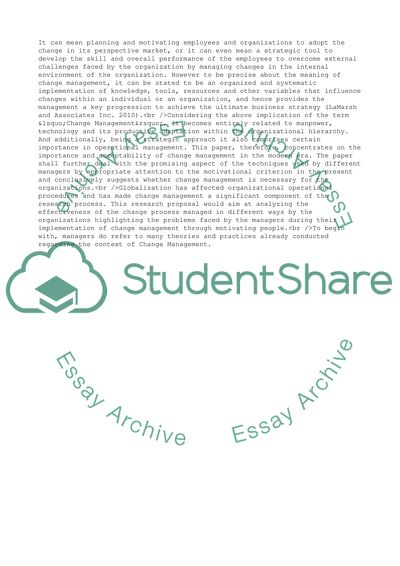Cite this document
(Change Management and Motivating People to Change Research Proposal, n.d.)
Change Management and Motivating People to Change Research Proposal. https://studentshare.org/management/1745254-change-management-and-motivating-people-to-the-change
Change Management and Motivating People to Change Research Proposal. https://studentshare.org/management/1745254-change-management-and-motivating-people-to-the-change
(Change Management and Motivating People to Change Research Proposal)
Change Management and Motivating People to Change Research Proposal. https://studentshare.org/management/1745254-change-management-and-motivating-people-to-the-change.
Change Management and Motivating People to Change Research Proposal. https://studentshare.org/management/1745254-change-management-and-motivating-people-to-the-change.
“Change Management and Motivating People to Change Research Proposal”. https://studentshare.org/management/1745254-change-management-and-motivating-people-to-the-change.


